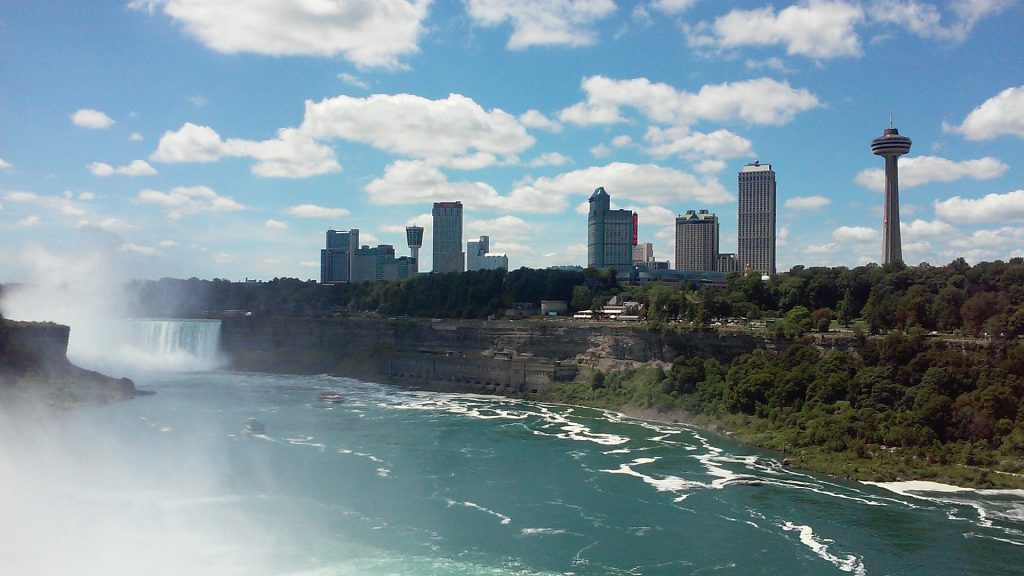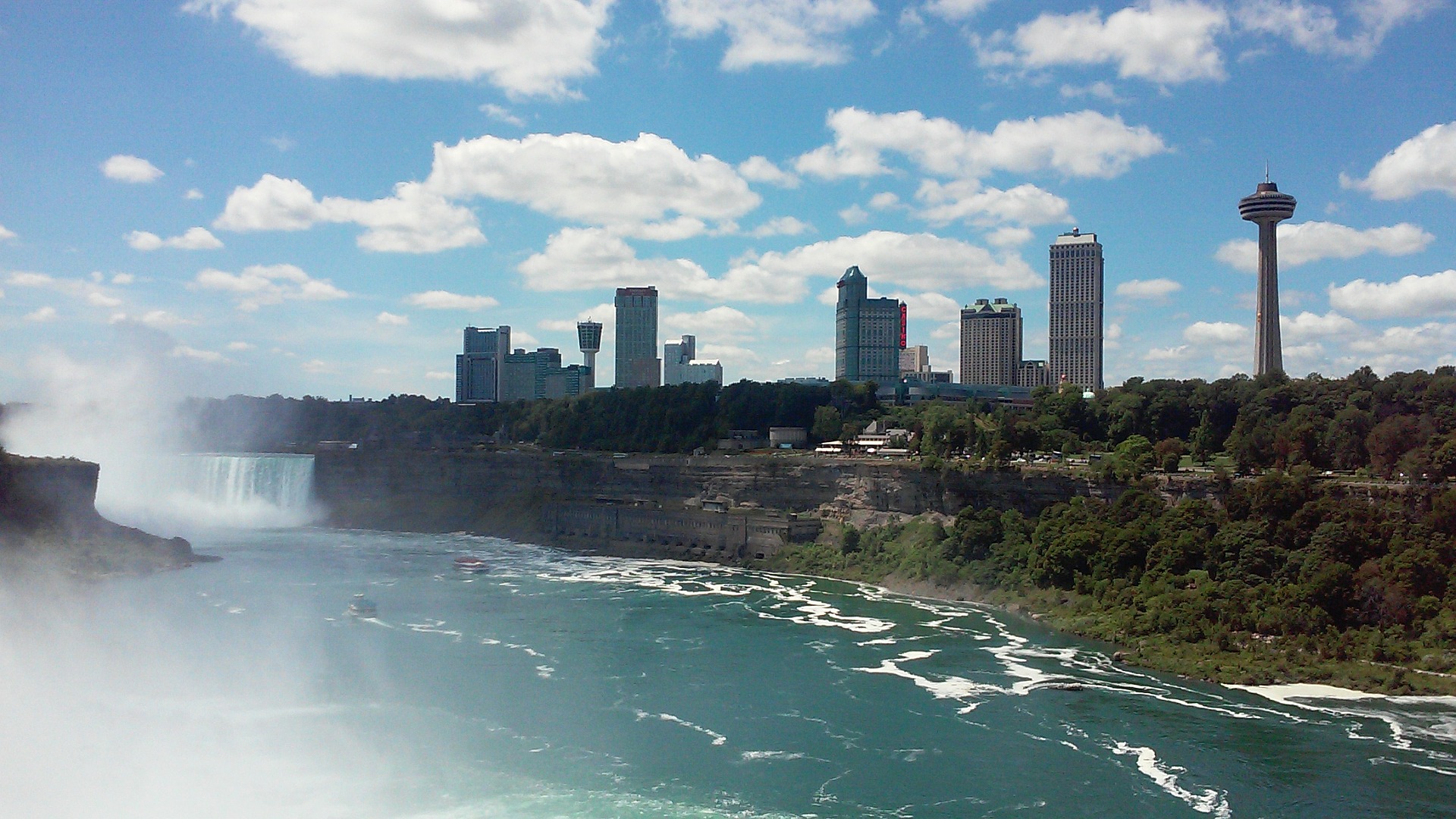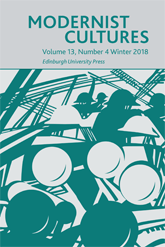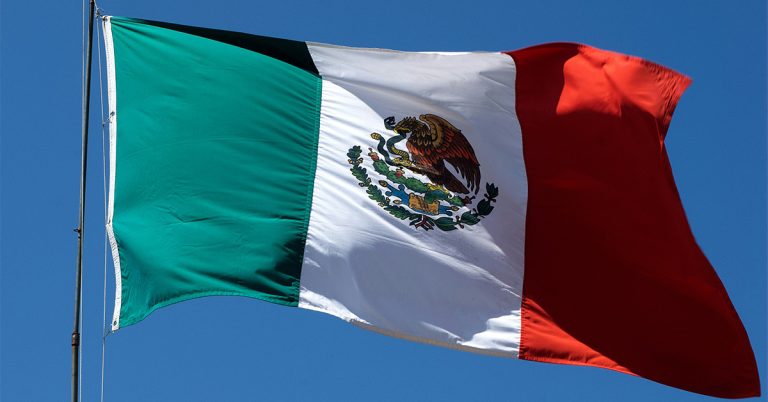
Here, Brian Trehearne expands on his inspirations, and the wider context behind his article in Modernist Cultures (November 2018).

My article in Modernist Cultures volume 13.4, ‘Canadian Modernism at the Present Time’, had a number of prompts, only one of which is acknowledged in the article itself. The 2016 presidential election in the United States and its stunning result, the British referendum earlier in that same year on departure from the European Union and its stunning result, and the light these outcomes cast on rising populism in Europe and elsewhere, gave every scholar, I imagine, equal pause. I began to wonder whether my field of study had anything at all to say to such outcomes and the constituencies that drove them. Canadian modernist writers have an admirable record of resistance to the right-wing, authoritarian politics of their times, but many of them were also committed nationalists. Could their aesthetics remain potent eighty years later or more as an expression of that resistance? Or will the anti-modernist qualities of present-day populism – scorn for elites, a rejection of expertise and specialism, a revived and sometimes violent nationalism, a distrust of foreign borrowings and cosmopolitan visitors – steadily undermine the humanities and erase the writers I care about from literary history?
The events of 2016 gave a certain urgency to motivations I’d begun to feel two or three years earlier. The earliest and strongest was that I’ve found the teaching of modernism to undergraduates increasingly difficult in recent years. The sheer difficulty of reading the best modernist writing and young people’s current expectation that their literary studies should be driven by a cultural politics they feel comfortable with might have something to do with it. Their piecemeal exposure to literary history, as well, makes it harder for them to feel the necessity of modernism. On the assumption that what my colleagues published would tell me something about what they teach, and perhaps even how they teach, I began to imagine an article that would survey the current arguments advanced by specialists in my field and reflect on their likely impact on the largest audience Canadian modernism can claim today: those same undergraduates.
The second prompt to the writing at about that time was my sense that a heyday for Canadian modernist studies was ending. I needn’t recreate here the article’s consideration of the Editing Modernism in Canada project except to say that it helped to bring about, from a little after the turn of the century to about three years ago, a period of intense critical, theoretical, and editorial activity in my field. But as the funding ended and the investigative teams dispersed, the sense of a common project had dissipated. I wanted to know better than I did what had been accomplished, and where all that energy would go.
What finally brought me into action on these prompts was a six-month residence in post-Brexit Oxford during my last sabbatical, and during that time an invitation to speak at the University of Birmingham. Knowing one has a paper to deliver in the morning concentrates the mind wonderfully, and the opportunity to publish the Birmingham paper in revised form in Modernist Cultures is a signal honour. Both opportunities nonetheless entailed a challenge, for I had proposed in the same text a specialist survey of a narrowly recognized field and an introduction to that field, to some of its major writers and its literary and critical history, for an audience that (I knew) had had little exposure to Canadian modernist writing. I hope to have hidden the seams that allowed me to stitch these two genres together, and I ask any well-informed reader’s indulgence of the more introductory passages.
The genre has one of the shortest shelf-lives in scholarship. Since its acceptance by Modernist Cultures a new article on P. K. Page has appeared, by Robert Stacey, in Canadian Literature, and I have discovered that Kenneth Leslie is after all in print today, in a small selected edition. The error stands: mea culpa, and also caveat emptor. More telling though of the article’s success or failure will be the judgment of some colleagues that the only real question facing Canadian literary scholars today is how they will contribute to the truth and reconciliation process that has exposed in greater and more visceral detail than ever before the historical disenfranchisement, cultural decimation, and violent re-‘education’ of Canada’s indigenous peoples. My article is largely silent on these matters, except when some scholars of Canadian anti-modernism speak to acts of cultural appropriation. That silence may collude, in some judgments, with an image of Canada from which the indigenous experience has been purged – something of which modernists themselves are frequently accused. For such readers, ‘the present time’ has a very different meaning from the one I have relied on, and it is only fair to warn the UK reader that an entirely other view of Canadian literature is taking shape.






